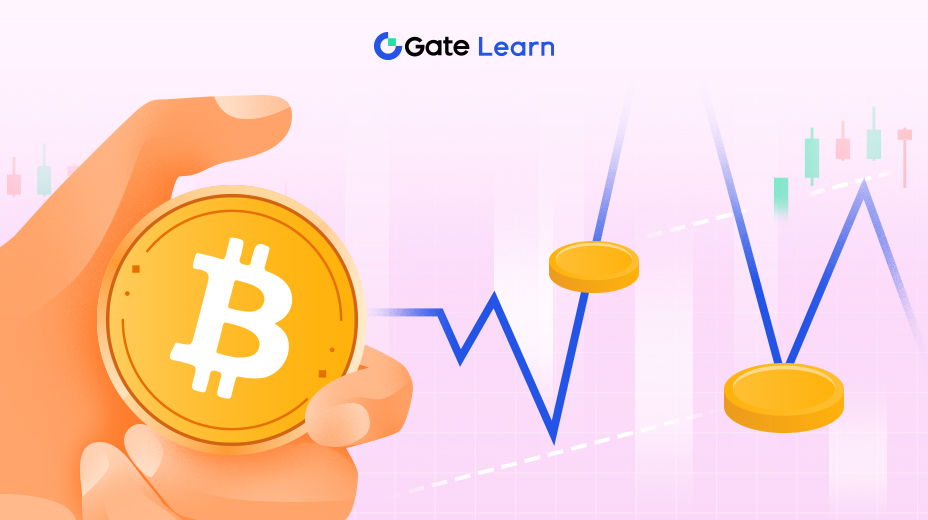識別和分析 Memecoins
該模組提供了一個詳細的框架,用於識別和分析 memecoins,旨在幫助交易者降低風險並改善決策。它涵蓋了在哪裡交易 memecoins,如何實時跟踪它們,社交媒體如何影響價格走勢,以及在進入倉位之前應該檢查哪些指標。由於許多 memecoins 的推出缺乏透明度或實用性,能夠解讀數據和行為模式至關重要。通過適當的工具和評估方法,交易者可以更好地評估代幣的合法性,了解市場活動何時被人為膨脹,並避免像中心化供應或洗盤交易這樣的常見陷阱。
交易MEME幣的關鍵平台

通過各種平台,對meme幣進行交易變得越來越容易,每個平台都提供獨特的功能和用戶體驗。像幣安、MEXC、Bybit、KuCoin和Gate.com這樣的中心化交易所(CEXs)已將meme幣納入其清單,為用戶提供了將這些資產與更穩定的加密貨幣一起交易的便利。這些平台提供用戶友好的界面、流動性和安全措施,吸引了廣泛範圍的投資者。
去中心化交易所(DEXs)在memecoin交易领域也日益受到关注。像Raydium、Jupiter和Pump.fun等平台促进Solana-based memecoins的交易。例如,Raydium与Solana区块链集成,提供快速和低成本的交易。Jupiter从各种来源聚合流动性,提供最佳的交易路径。Pump.fun最近推出了自己的DEX,PumpSwap,旨在简化用户的交易流程。
在CEXs和DEXs之間的選擇取決於個人偏好,例如對私鑰控制、交易費用和可用代幣種類的關注。雖然CEXs提供使用便利性和客戶支持,但DEXs提供更大的自治權和更廣泛的memecoins訪問,特別是新推出的代幣。
追踪和分析Memecoins的基本工具

對梗幣的有效分析需要使用專門設計的工具來監控市場趨勢、評估代幣表現並識別潛在風險。DEXScreener是一個平台,允許用戶跟蹤跨多個DEX的即時交易數據,從而識別新興的梗幣並評估其交易量和價格波動。
Telegram交易機器人已成為自動化交易並提供及時市場警報的重要工具。像Unibot、Mizar、Banana Gun、Maestro和Wagie Bot等機器人提供從自動交易策略到市場發展的即時通知等功能。
像Etherscan和BscScan這樣的代幣追踪器提供了對代幣合約、持有人分配和交易歷史的詳細洞察。這些工具對於檢測可能表明欺詐活動(如拉盤)的異常非常重要。通過分析代幣持有量的分佈,投資者可以評估中心化風險和潛在的市場操縱。
使用社交媒體和市場情緒分析

社交媒體平台在塑造 memecoins 市場情緒方面發揮著重要作用。Twitter(現已更名為 X)被視為 memecoins 相關討論、公告和意見領袖背書的中心。監控 hashtag、熱門話題和有影響力的帳戶可以提供有關特定代幣的受歡迎程度和潛在軌跡的見解。
Reddit和Discord社區提供了深入討論、項目更新和社區驅動倡議的論壇。與這些社區互動可以更深入地了解一個memecoin的發展進展、社區支持和新興趨勢。
評估一個迷因幣的關鍵指標和指標

評估模因幣的可行性涉及分析多個關鍵指標。流動性是一個主要因素,因為它決定了代幣可以在不顯著影響價格的情況下被買賣的便利程度。DeFiLlama等平台提供有關與各種代幣相關的流動性池的洞察,幫助投資者評估市場深度。
市值和交易量也是梗幣市場存在和活動水平的指標。高市值加上可觀的交易量可能表明一個更穩定且活躍交易的代幣。相反,低交易量可能表明有限的興趣或潛在的流動性問題。
監控大戶(通常被稱為“鯨魚”)的活動可以洞察潛在的市場變動。像以太坊掃描的代幣追蹤工具可以讓用戶觀察重大交易,評估代幣持有的集中度。少數錢包中代幣的高集中度可能會帶來市場操縱或突然價格波動的風險,如果這些持有者決定出售他們的份額。
亮點
- Pump.fun、Raydium 和 Jupiter 是領先的幣幣交易平台,尤其是針對 Solana 基礎的代幣。
- DEXScreener, Telegram 機器人和代幣追踪器可幫助監控價格走勢、流動性和合約安全性。
- 來自X、Reddit和Discord的社交情緒在模因幣價格波動中扮演著重要角色。
- 流動性、市值與成交量、以及鯨魚錢包集中度是在購買前評估的重要指標。
- 每天都有大量的模因幣推出,這使得分析工具和盡職調查對於嚴肅交易者來說是不可妥協的。





